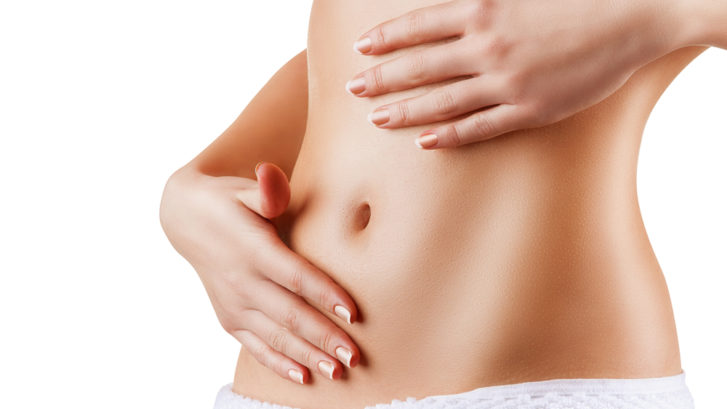You might know what fat grafting is. It sounds like a pretty sweet deal. Take fat from a part of the body that you don’t quite like seeing it there and throw it onto another part of the body where you like the effect it provides.
We’re talking breast augmentation and buttocks enhancement.
Not bad, right? You’re eventually taking the slider from less curvy to more curvy, with seemingly no bad results.
Is It Permanent?
The big issue is that there’s variability in graft survival. What happens? Some of the fat simply doesn’t stay permanently. There’s a lot of numbers, but no clear answers: some doctors say that 50 percent of fats will survive and stay permanently. Other doctors suggest that after two years, about 15 percent remains.
It can vary depending on a number of factors. Where is the fat’s final destination? How was it removed? And how is it being managed after the operation?
The best case scenarios have long lasting results that last up to 10 years. Sometimes touchups are necessary. But this best case scenario can be achieved more regularly with Platelet Rich Plasma (PRP) — possibly.
The Results are Promising
The most accurate way to put it is that, from what we can see, numbers that should go up, do go up when Selphyl (a PRP product) is injected into the fat. Essentially, injection of Selphyl showed an increase in a few very important metrics, not the least of which was increased neoangiogenic microcapillary networks.
The non-mouthful version is that it showed increase in the blood vessel networks necessary to deliver nutrients to the fat tissue — and that would increase its chances of survival.
The study is case study rather than a wider study, or a longer-term one that has shown that the fat tissue actually did indicate higher survival rates. Nonetheless, the results so far are promising.
Want to know more? Call Mid-Atlantic Skin today for more information and to schedule an appointment.
We are located in Waldorf, Leonardtown and California, MD.

